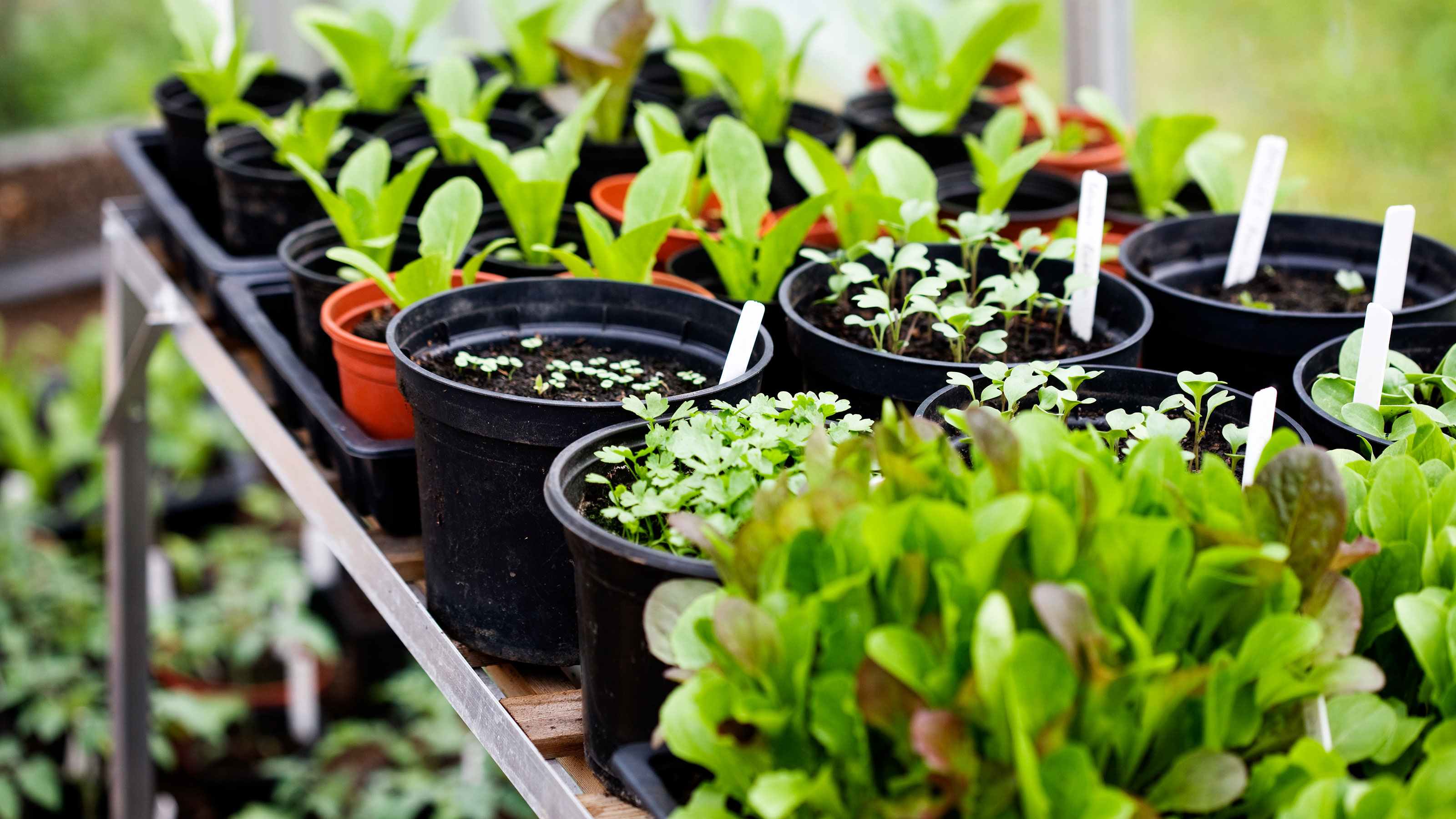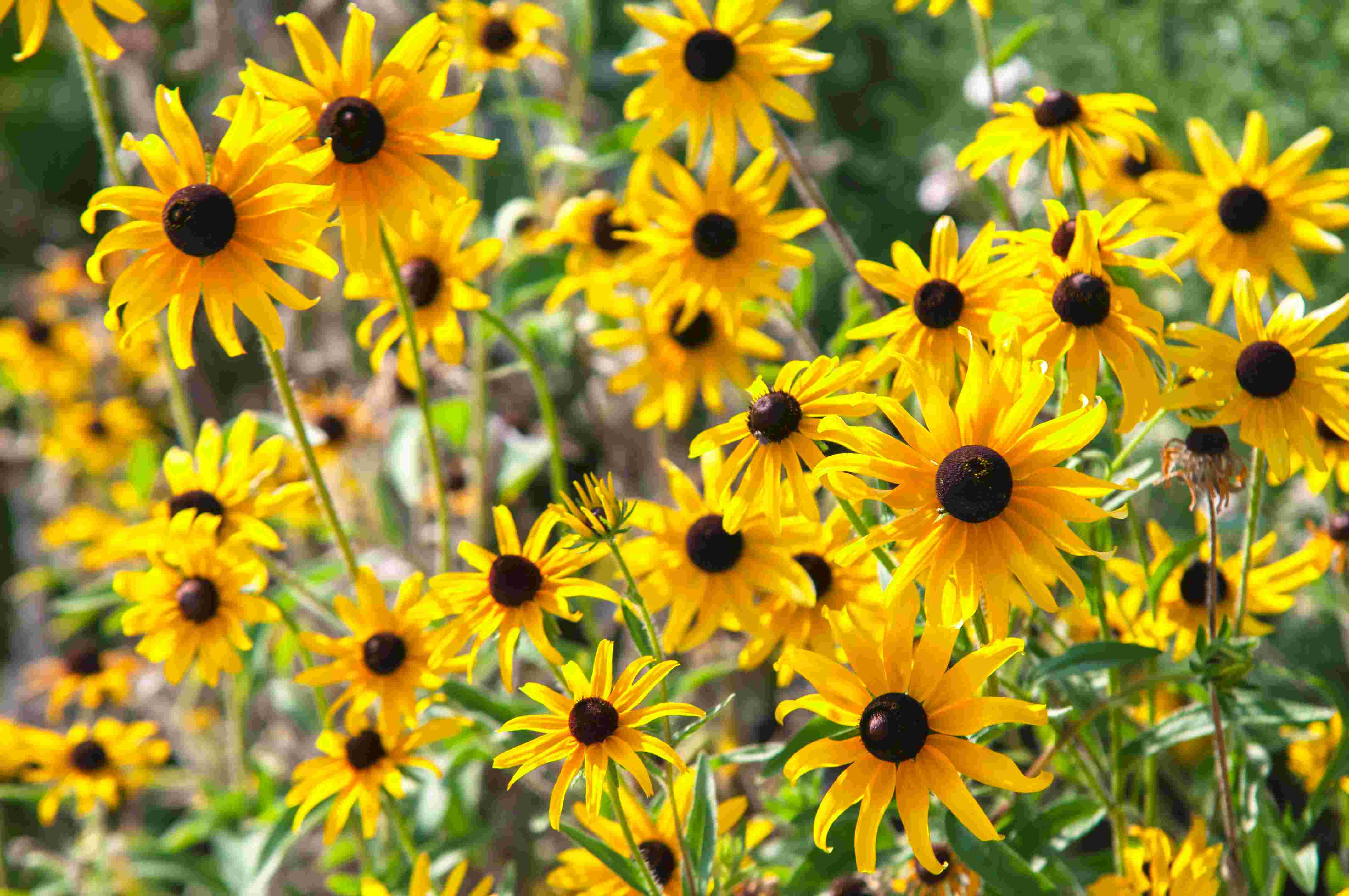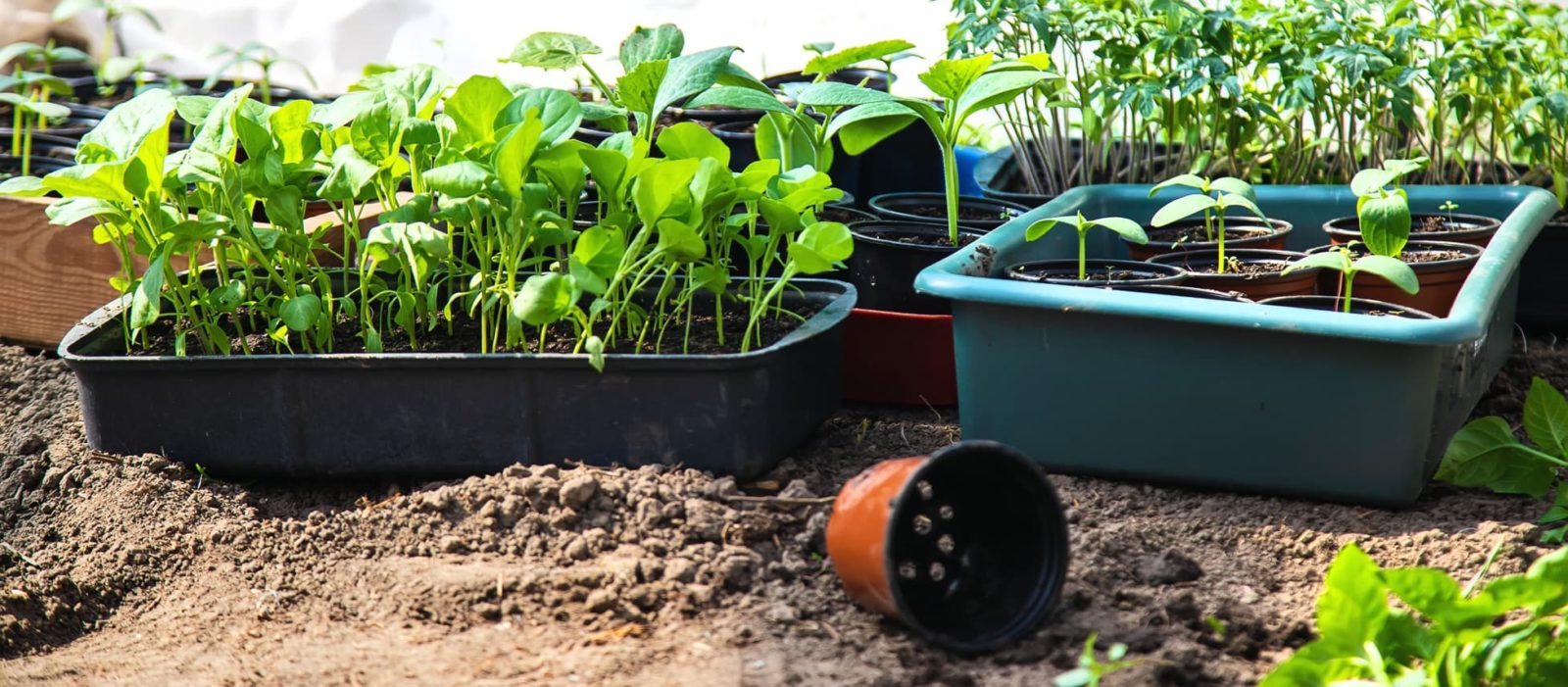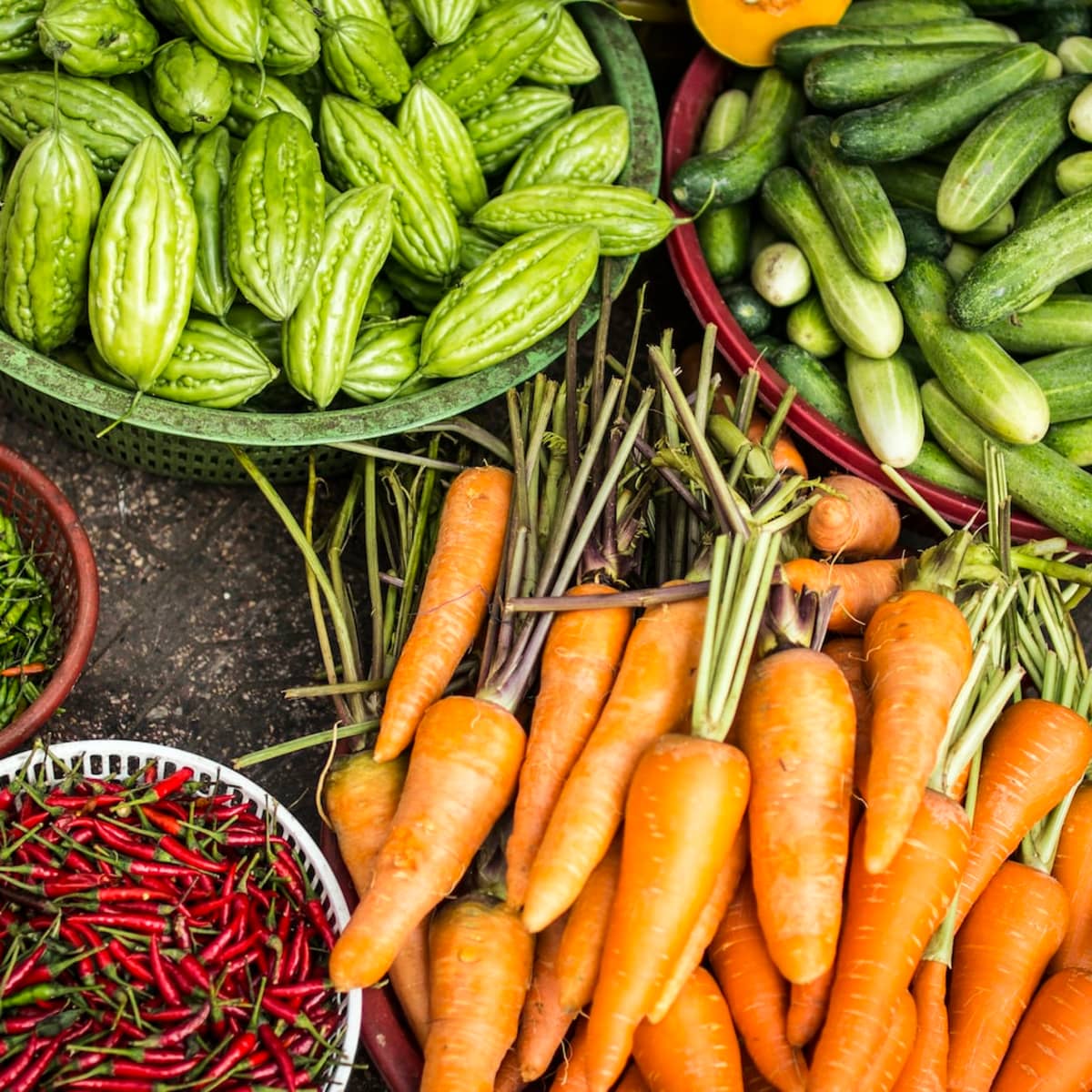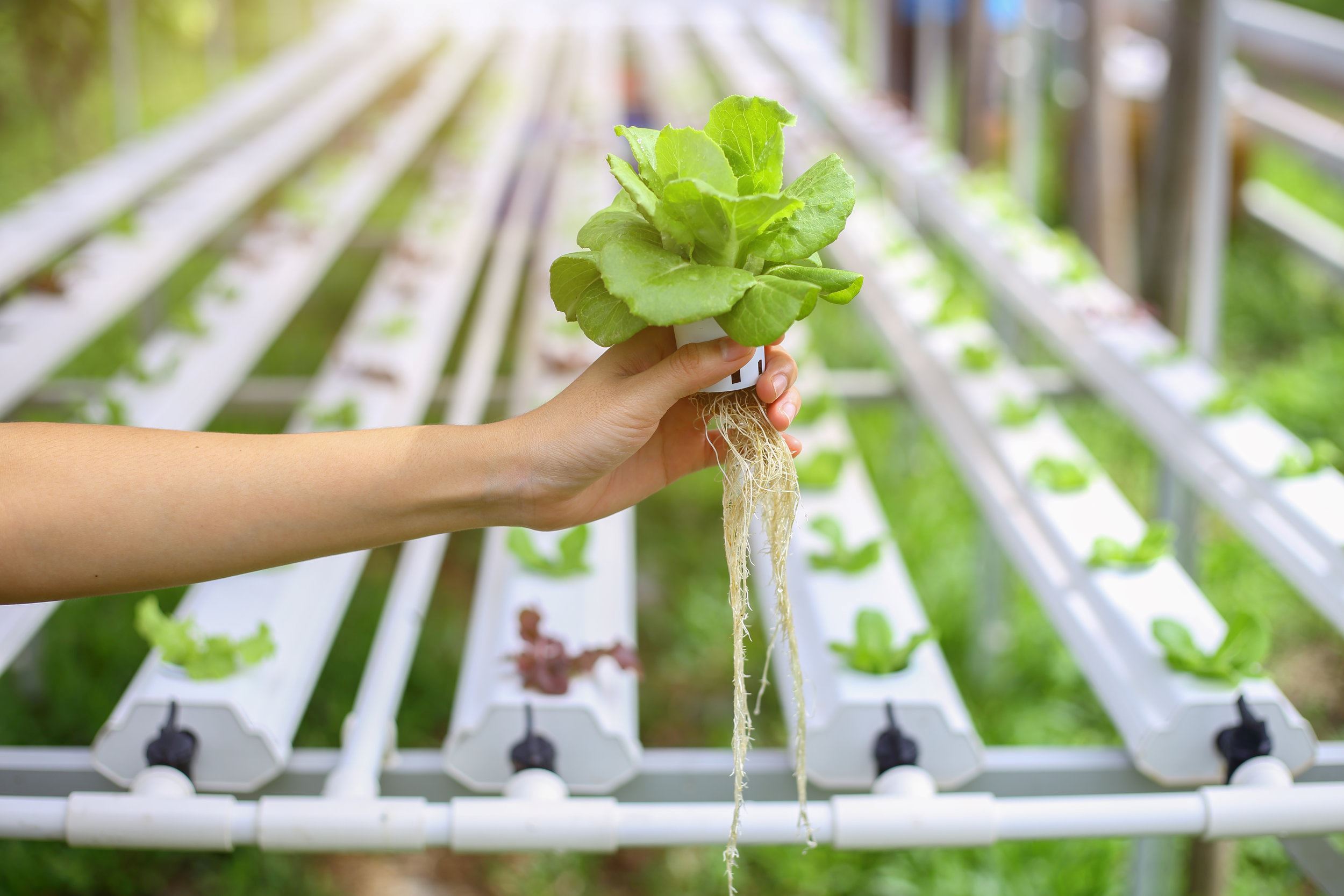Home>Gardening Techniques>Seasonal Gardening>What Vegetables Can I Plant In August
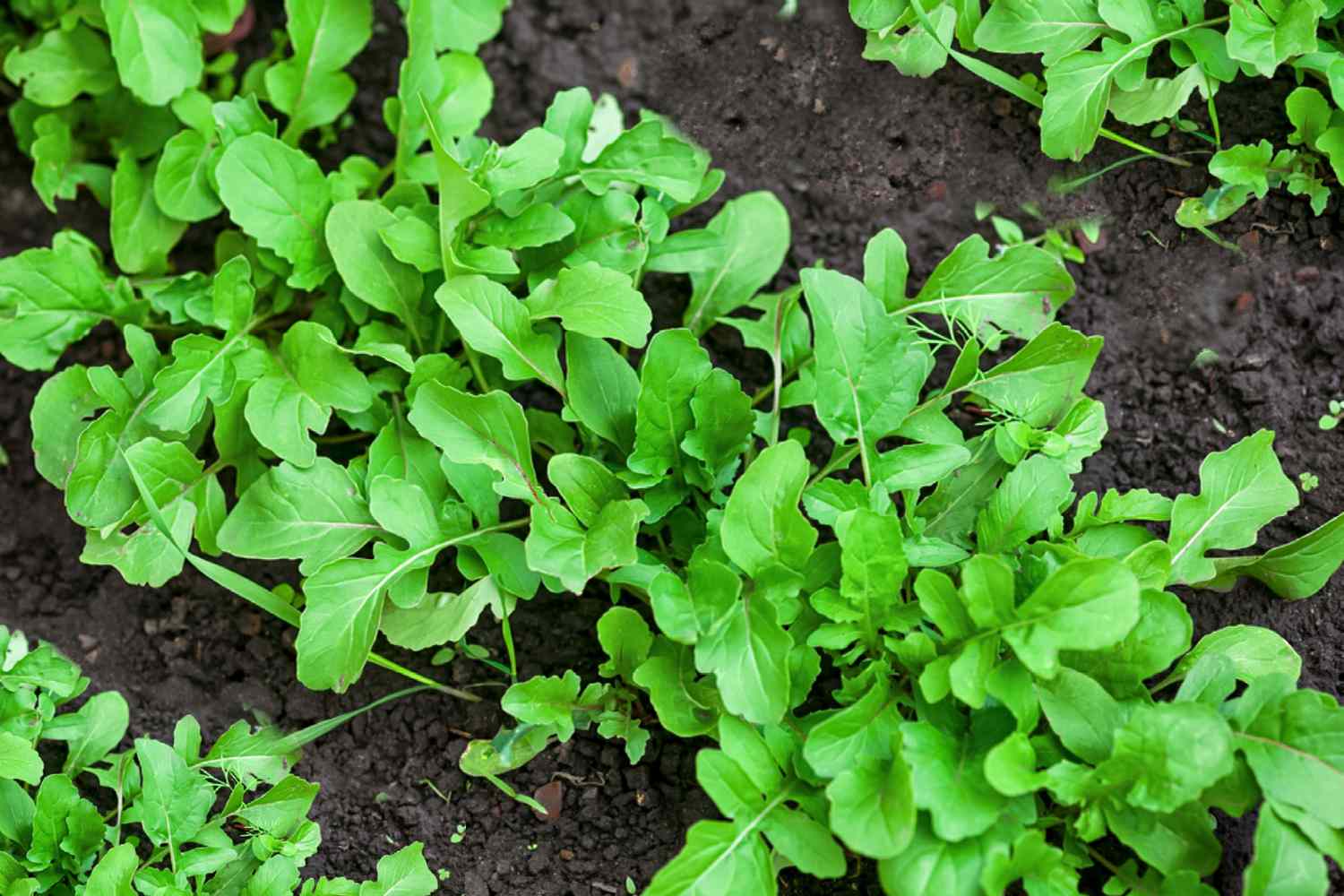

Seasonal Gardening
What Vegetables Can I Plant In August
Modified: January 22, 2024
Learn about seasonal gardening and discover what vegetables you can plant in August to keep your garden thriving throughout the year.
(Many of the links in this article redirect to a specific reviewed product. Your purchase of these products through affiliate links helps to generate commission for Chicagolandgardening.com, at no extra cost. Learn more)
Table of Contents
Introduction
Gardening is a rewarding and fulfilling activity, and the summer season provides the perfect opportunity to cultivate a diverse range of vegetables. As August rolls around, it’s not too late to start planting and enjoying a bountiful harvest. Whether you have a sprawling backyard or a small balcony, there are plenty of vegetables that can thrive in the late summer months.
The key to successful August gardening is to choose vegetables that can withstand the heat and shorter growing season. It’s also essential to consider the specific climate and region you are in, as different areas may have varying planting and harvesting schedules. By selecting the right vegetables and providing them with proper care and attention, you can ensure a fruitful garden throughout the autumn months.
In this article, we will explore a variety of vegetables that can be planted in August. From leafy greens to root vegetables and herbs, there is something for every gardener to enjoy. So, dust off your gardening tools and get ready to dig in!
Leafy Vegetables
Leafy vegetables are a staple in any garden, and they thrive in the cooler temperatures of late summer and early autumn. These nutrient-packed greens are not only delicious but also easy to grow. Here are some leafy vegetables you can plant in August:
- Lettuce: Lettuce varieties like loose-leaf, romaine, and butterhead are perfect for planting in August. They prefer cooler temperatures and can be harvested in a few weeks.
- Spinach: Spinach is a nutrient-rich green that can tolerate some heat. Planting it in August will yield a fall harvest before the first frost.
- Kale: Kale is a cold-hardy vegetable that can withstand light frost. Planting it in August ensures a steady supply of this superfood throughout the autumn months.
- Swiss Chard: Swiss chard is a colorful and versatile leafy green that can be grown throughout the year. Planting it in August allows for a continuous harvest well into the fall.
When planting leafy vegetables, make sure to provide them with adequate sunlight and well-drained soil. Regular watering and occasional fertilization will help them thrive. Harvest the outer leaves as needed, allowing the plant to continue producing new growth.
Root Vegetables
Root vegetables are a great addition to your late summer garden as they can withstand the cooler temperatures and are known for their rich flavors and nutritional value. If you’re looking to add some depth and earthiness to your meals, consider planting these root vegetables in August:
- Carrots: Carrots are a classic root vegetable that can be planted in August for a fall harvest. Choose varieties that have a shorter maturity time to ensure a successful crop.
- Radishes: Radishes are quick-growing and easy to cultivate. Planting them in August will allow you to enjoy their peppery crunch within a few weeks.
- Beets: Beets thrive in cool weather and can be planted in August for a late summer or early fall harvest. They come in a variety of colors and can be used in a wide range of dishes.
- Turnips: Turnips are a versatile root vegetable that can be grown for both their roots and their greens. Planting them in August ensures a plentiful harvest before the winter months.
When planting root vegetables, it’s important to provide loose and well-draining soil. Regular watering is essential to prevent cracking and promote healthy root growth. Harvest the vegetables when they reach the desired size, and store them in a cool and dark place for long-term use.
Cruciferous Vegetables
Cruciferous vegetables are a group of vegetables that belong to the Brassicaceae family, known for their distinctive cross-shaped flowers. These nutrient-dense vegetables not only add variety to your garden but also provide numerous health benefits. Here are some cruciferous vegetables you can plant in August:
- Broccoli: Broccoli is a cool-season vegetable that can be planted in late summer for a fall harvest. It thrives in cooler temperatures and can tolerate light frost.
- Cauliflower: Cauliflower is a versatile vegetable that can be grown in late summer for a fall harvest. Choose varieties that mature quickly to ensure a successful crop.
- Cabbage: Cabbage is a hardy vegetable that can be planted in August and harvested in the early fall. It comes in different varieties, including green, red, and savoy.
- Brussels Sprouts: Brussels sprouts are a favorite fall vegetable that can be planted in late summer for a harvest in late fall and early winter. They require a longer growing season, so August planting is ideal.
Cruciferous vegetables prefer full sun and well-draining soil enriched with organic matter. Regular watering and protection from pests, such as cabbage worms, will help ensure a successful harvest. Harvest the vegetables when they reach the desired size and tenderness for the best flavor.
Herbs
No garden is complete without a selection of fresh herbs that can elevate the flavor of your dishes. Herbs are easy to grow and require minimal space, making them a perfect addition to any garden, even if you have limited room. Here are some herbs you can plant in August:
- Basil: Basil is a popular herb known for its fragrant leaves. Plant it in August for a continuous supply throughout the late summer and early fall. Harvest the leaves regularly to promote growth.
- Parsley: Parsley is a versatile herb that can be grown as a curly or flat-leaf variety. Plant it in August for a fall harvest and enjoy its fresh flavor in a variety of dishes.
- Thyme: Thyme is a hardy herb that can tolerate cooler temperatures. Plant it in August for a late summer harvest and use its aromatic leaves in soups, stews, and roasts.
- Chives: Chives are an easy-to-grow herb that adds a mild onion flavor to dishes. Plant them in August for a fall harvest and enjoy their fresh, bright green shoots.
Herbs generally prefer well-draining soil and full sun, although some varieties can tolerate partial shade. Regular watering and occasional pruning will promote healthy growth. Harvest the leaves as needed, and consider drying or freezing excess herbs for future use.
Onion Family Vegetables
The onion family, also known as the Allium family, includes a variety of vegetables that add flavor and aroma to your culinary creations. These vegetables are known for their distinct taste and are a must-have in any kitchen. Here are some onion family vegetables you can plant in August:
- Onions: Onions can be planted in late summer for a fall or spring harvest, depending on the variety. They require well-draining soil and regular watering to develop healthy bulbs.
- Garlic: Garlic is a flavorful bulb that can be planted in late summer for a summer harvest the following year. Separate the cloves and plant them with the pointed end facing up.
- Shallots: Shallots are milder and sweeter than onions and can be planted in late summer for a late fall harvest. Plant the bulbs with the pointed end facing up, leaving the tip slightly above the soil surface.
- Leeks: Leeks are a versatile vegetable that can be used in soups, stews, and sautés. Plant them in August for a fall harvest and provide them with plenty of water and sunlight.
The onion family vegetables prefer well-draining soil with plenty of organic matter. They generally require regular watering, especially during dry periods. Harvest the vegetables when the tops have withered and dried for onions and garlic, or when the stems are thick and blanched for leeks.
Legumes and Beans
Legumes and beans not only provide a good source of protein but also help enrich the soil through nitrogen fixation. These plants are known for their ability to improve soil fertility and contribute to a sustainable garden. Here are some legumes and beans you can plant in August:
- Green Beans: Green beans, also known as snap beans or string beans, can be planted in August for a late summer or early fall harvest. They are easy to grow and can be enjoyed fresh or cooked.
- Lima Beans: Lima beans thrive in warm weather and are a great addition to late summer gardens. Plant them in August for a harvest in early to mid-fall. They require well-draining soil and regular watering.
- Peas: Peas are a cool-season crop that can be planted in late summer for a fall harvest. Choose varieties that mature quickly to ensure a successful crop. Provide support for climbing varieties.
- Soybeans: Soybeans are a versatile legume that can be grown in late summer for a fall harvest. They require well-draining soil and regular watering. Harvest the pods when they are plump and the beans feel firm.
When planting legumes and beans, it’s beneficial to inoculate the seeds with rhizobia bacteria, which helps with nitrogen fixation. This process enhances their ability to enrich the soil. Regular watering and providing support for climbing varieties will aid in their growth. Harvest the pods when they are young and tender for the best flavor.
Other Vegetables
Aside from the previously mentioned categories, there are several other vegetables that can be planted in August. These vegetables offer variety and can add unique flavors and textures to your meals. Here are some other vegetables you can consider planting:
- Cucumbers: Cucumbers are a refreshing and versatile vegetable that can be grown in late summer. Choose varieties that are suitable for slicing or pickling, depending on your preference.
- Zucchini: Zucchini is a prolific vegetable that can be planted in August for a late summer or early fall harvest. It can be used in a variety of dishes, from stir-fries to baked goods.
- Eggplant: Eggplants thrive in warm weather and can be planted in August for a late summer harvest. They come in various shapes and colors and can be used in a wide range of cuisines.
- Peppers: Peppers, whether sweet or spicy, can be planted in August for a late summer or early fall harvest. They require full sun and well-draining soil to thrive.
- Squash: Squash varieties like butternut, acorn, and spaghetti squash can be planted in August for a fall harvest. These delicious and versatile vegetables are perfect for soups, stews, and roasted dishes.
When planting these vegetables, ensure they have proper spacing, as they can grow quite large. Provide them with ample sunlight and regular watering. Harvest them when they are at their desired size and flavor for the best culinary experience.
Conclusion
As the summer season comes to an end, August provides a golden opportunity to continue gardening and enjoy a bountiful harvest. By choosing the right vegetables and providing them with proper care, you can extend the life of your garden well into the fall months.
From leafy greens and root vegetables to cruciferous vegetables and herbs, there are plenty of options for late summer planting. Leafy vegetables like lettuce and spinach thrive in cooler temperatures, while root vegetables like carrots and radishes add depth and flavor to your meals. Cruciferous vegetables like broccoli and cabbage provide a wealth of nutrients, and herbs like basil and parsley enhance the taste of your dishes. The onion family vegetables offer distinct flavors, and legumes and beans contribute both nutrition and soil enrichment. Lastly, other vegetables like cucumbers, zucchini, and peppers provide variety and versatility to your garden.
Remember to consider your specific climate and region when planning your August gardening. Be mindful of the ideal planting and harvesting times for each vegetable, and provide them with the right growing conditions, such as sunlight, soil, and water. Regular maintenance and care, including weeding and pest control, will help ensure a successful harvest.
So, whether you have a backyard garden, a balcony, or even just a small patio, don’t miss the opportunity to plant an abundance of vegetables in August. Embrace the joy of growing your own food and reap the rewards of fresh and delicious produce throughout the late summer and into the fall. Happy gardening!


